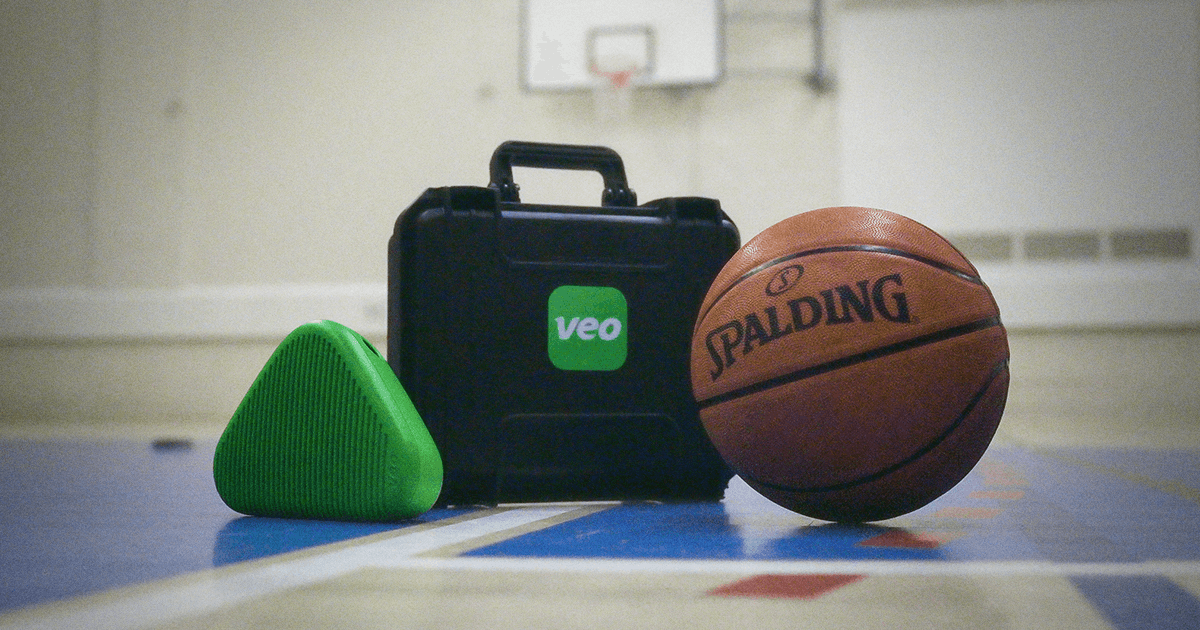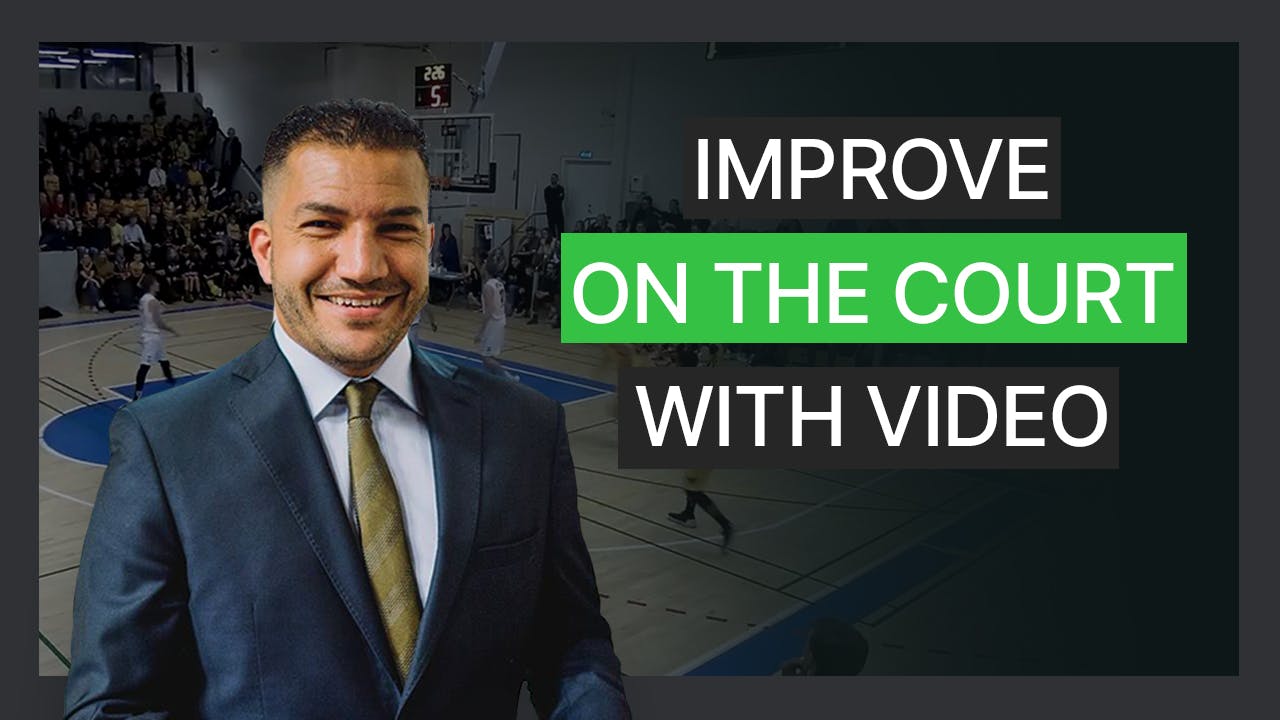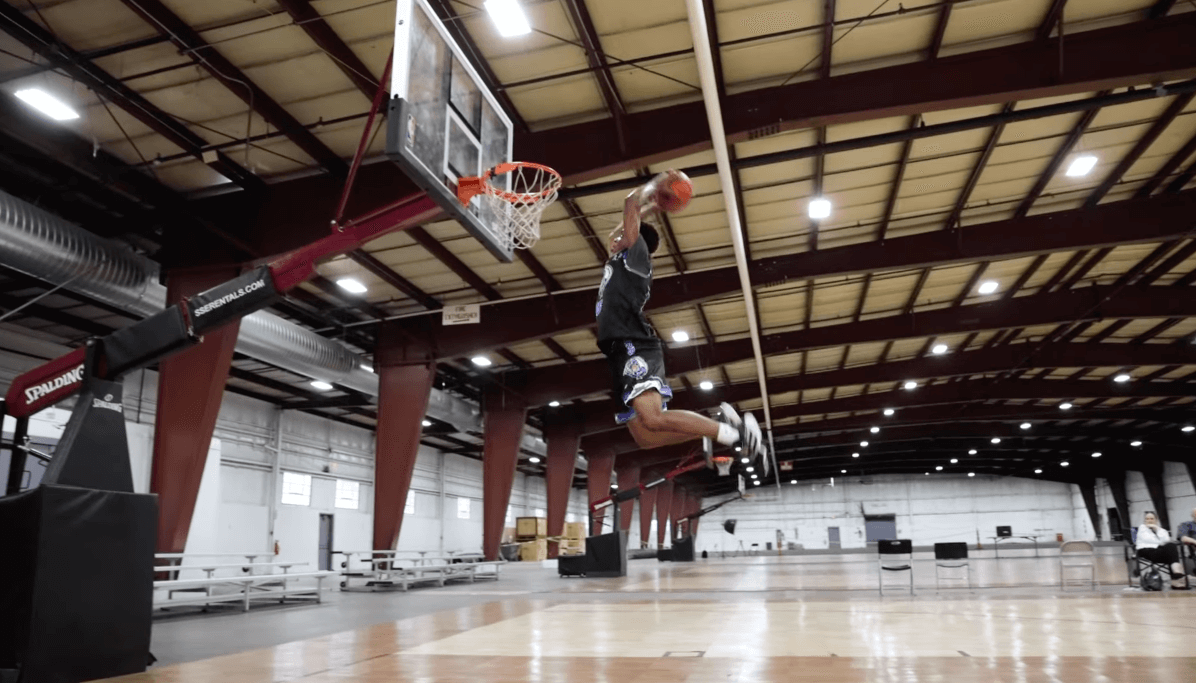John Hollinger, currently a Senior NBA Columnist at the world-renowned sports media The Athletic, spent seven years as the Vice President of Basketball Operations with the Memphis Grizzles.
Before that, Hollinger was a featured NBA writer at ESPN where his PER (Player Efficiency Rating) formula broke through as a mainstream evaluation tool for NBA players. The formula is still utilized to this day.
Hollinger is known within the basketball community for his strong advocacy in regards to data and information, which he believes plays an essential part in building the correct structures around a basketball team.
We recently had a chance to ask him a few questions.
Data and numbers are widely used for evaluation purposes within NBA teams. During your time working for the Grizzlies, how did you determine which stats to use, and which to
give less attention?
That changed a lot during my time with the Grizzlies, simply because the type of stats that were available increased massively over the course of the seven seasons I was there.
In general, we cared about stats that had predictive value, especially on the personnel side. The numbers that could help us determine what a player’s contract value might be or how successful he’d be in our system, those were gold.
However, we also cared about descriptive statistics. The more granular information we could get about what happened in the game, the more our coaches could scheme both for us and our opponent. Things like Second Spectrum coming along were massive game-changers on this front.
The term “data” isn’t isolated to meaning stats or to even be associated with numbers. It can also simply mean information. During pre-draft processes, when collecting data, of all kinds, on players, how much did you value the numbers compared to informational data such as background and character?
That’s where the art meets the science, right? I think it’s really important to understand what your numbers are telling you and what they aren’t telling you, and also understanding what the predictive value is of the numbers themselves.
In other words, you need to know how well your methodology predicts things to understand how much the subjective factors should weigh in on it.
It’s humbling to look at the predicted error of even a “good” method, but probably not surprising. At the end of the day, you’re trying to figure out people, and there are a gajillion variables that go into that, only some of which are encapsulated in the player statistics.
You mentioned background and character, and those are certainly massive data points – especially in the draft, where virtually every player on the board has to improve to become a viable NBA starter – but the other one that’s become really important are the medical and health evaluations. That’s the next analytics frontier, it’s become a data challenge in and of itself.
In today’s NBA, we’re seeing a revolution of coaches leaning into player strengths, and tailoring offenses and defenses around their players. Just 10-12 years ago, it was common to see coaches insist on running certain systems, even if the players he had didn’t fit them. Did this change come about due to the evolution of data, or was it merely a question of NBA teams hiring younger coaches who came in with a fresh set of eyes?
Two things happened.
First, I think the switch to a high pick-and-roll style heavy on 3-pointers has to some degree reduced the stylistic differences at the offensive end, so even if a coach wanted to do “his” system at that end it looks less different. Golden State is a good example; they’re really pretty unique right now, but overall there are only so many ways you can have four players above the 3-point line.
But the other part is that player acquisition has changed quite a bit. Teams have become much smarter about personnel evaluation and using the salary cap, so it’s much more difficult to obtain players that might fit a particular system. You have to be content to acquire the talent that’s available and then adjust your system to maximize it.
Defense remains one of the toughest evaluation processes, even in the NBA. Defensive metrics, such as steals and blocks, aren’t necessarily strong indicators of defensive influence. During your time with the Grizzlies, the team was known for their effective defense and raw grit. How did you and the coaching staff keep track of their effect on that end of the floor from a data perspective?
Well, it became much easier over time thanks to some great work by multiple people over the past several years. But at every point, we had access to some tools that gave us a better clue beyond the blocks/steals of what players were achieving on that end, and then of course we would back that up with our own scouting analysis.
What was interesting was that we quickly learned that defense was being undervalued in the marketplace; we were able to get guys like Nick Calathes, James Ennis, JaMychal Green, Kyle Anderson — and, of course, Tony Allen – on relatively inexpensive free-agent deals because of that.
As a follow-up to the above, what could the next step be in terms of creating more reliable defensive metrics to help optimize analysis that end of the court?
I think we’re already getting there as far as “big-picture” metrics that are becoming more focused on process rather than outcome. Back in the day, just using plus-minus stats was an important first step, but you look back now and you can see how much some of those numbers were impacted by 3-point percentages that were basically luck-driven and had near-zero predictive value.
However, on a micro-level the act of measuring non-events is real hindrance.
Consider, for example, a player rotating half a step for a half-second to deny a pass that otherwise would have been a layup; that’s an awesome play that doesn’t register at all in a box score, or even in any kind of Synergy or Second Spectrum category.
I’m still not sure we have the right descriptive vocabulary for events of this ilk, and that makes it harder for us to measure and analyze them. But they’re arguably the most important part of playing defense.
You created the widely-known PER metric, which is an attempt at boiling everything down to one number. With the league changing so dramatically, both with the higher volume of three-pointers and defensive-oriented wings who aren’t asked to score as much, how has that affected the longevity of the stat? Is it even possible in this day and age to have a single catch-all number that sums up a player?
I’m a fan of single catch-all numbers because at some point, you just need a very quick, distillable summation of what the player and where that stands relative to other players.
That said, I think some other recent metrics incorporate much more information that wasn’t available in 1995, particularly about defense, and thus are surpassing PER in descriptive ability. Now PER’s biggest strength is that it’s a known quantity – it’s been around for a quarter-century (yikes I must be old) and hasn’t barfed up anything too ridiculous, and it’s been pretty stable across players and teams.
The biggest issue, as you noted, is that it was designed in a different era. The shooting issue is a small one, but positionally there’s a larger one. PER shines a much more positive light on most bigs, especially beast-ball 5s, than their actual level of play deserves, while it unfairly penalizes some low-volume floor spacers.
Video is a huge part of gathering data and understanding patterns. During your time with the Grizzlies, the front office received both video analysis and data packages. How did you find a marriage between the two?
Video and data both are hugely useful, but usually each only answers half the question.
The general rule of thumb is that you can use data to parse through massive streams of information, and then you go to video to sift through smaller, bite-sized streams based on what you found in the data. Data gives you the “what?”, and then video gives you the “why?”
What often happened is that we’d see something interesting in the data, whether about a particular player or a tendency with our team, that would flag us to dive into the video and figure out how these events were coming to pass.
Having worked with the Grizzlies for seven years, you saw first-hand the evolution of Marc Gasol, one of the finest two-way centers over the past decade. Was his development solely built off his own ambition and work ethic, or was it a combination of that, as well as him watching film, gaining insights and using presented data that helped shape him into what he became?
Obviously Marc worked extremely hard to get himself into peak shape over a period of years after being a very flabby teenager, and that is the biggest reason he’s had the career he’s had.
I also think data helped him, but maybe a little differently than you might think about it.
Players don’t consume data in the way an analyst might, instead they’ll process it visually (from film) or in real-time on the court, and incorporate that “data” into their game. Marc and Tony Allen were amazingly good at this at the defensive end, they were heavy information consumers and used it to make highly accurate predictions about what the other offense would do. Together, they made us an awesome defense.
Also, the one more traditionally analytically-driven item that definitely changed things for Marc was getting him to shoot 3s in 2016. Turning 20-foot 2s into 3s was a big career-changer for him, and he ended up making the All-Star team after missing the second half of the previous season with a broken foot.
You can follow Hollinger on his author page at The Athletic, and on Twitter @johnhollinger.
At Veo, we are *passionate* about helping sports teams reach their full potential using cutting-edge video technology.
More to explore


